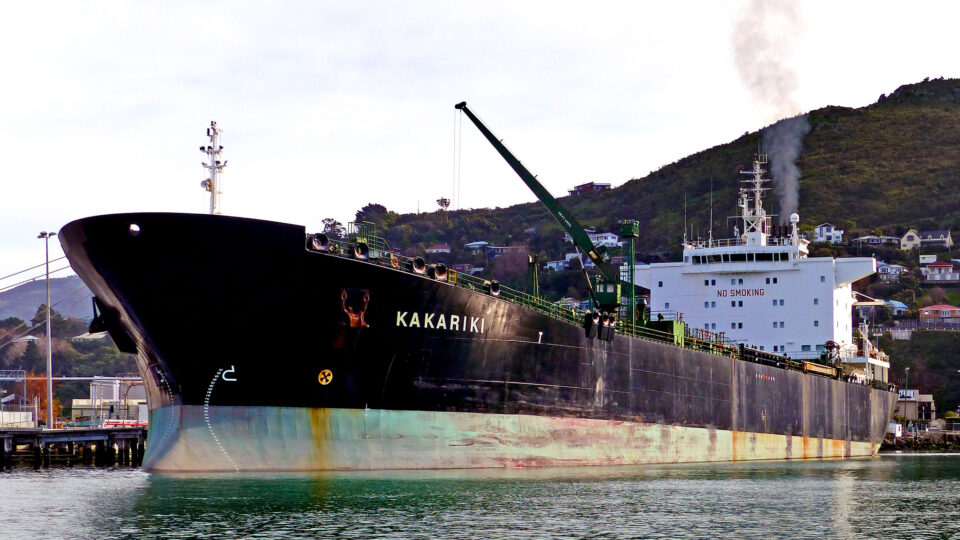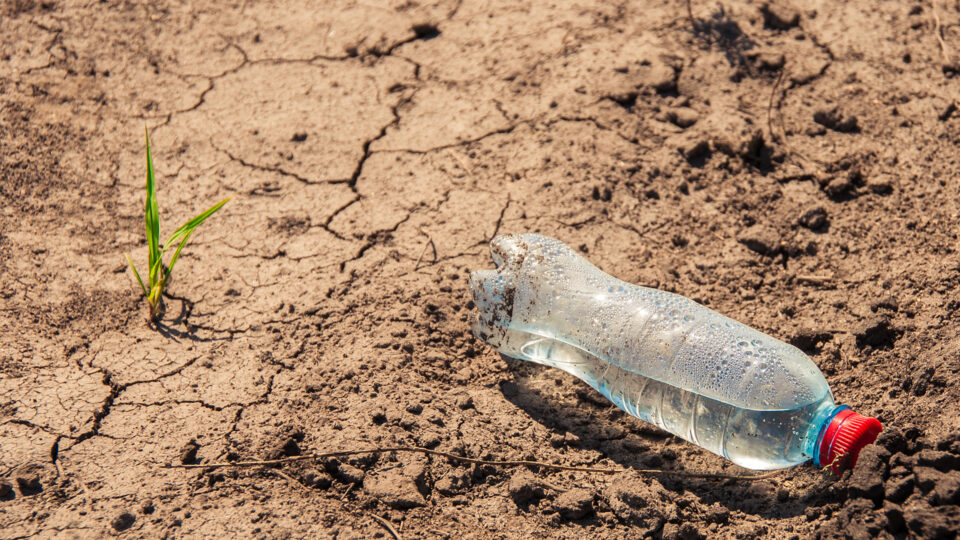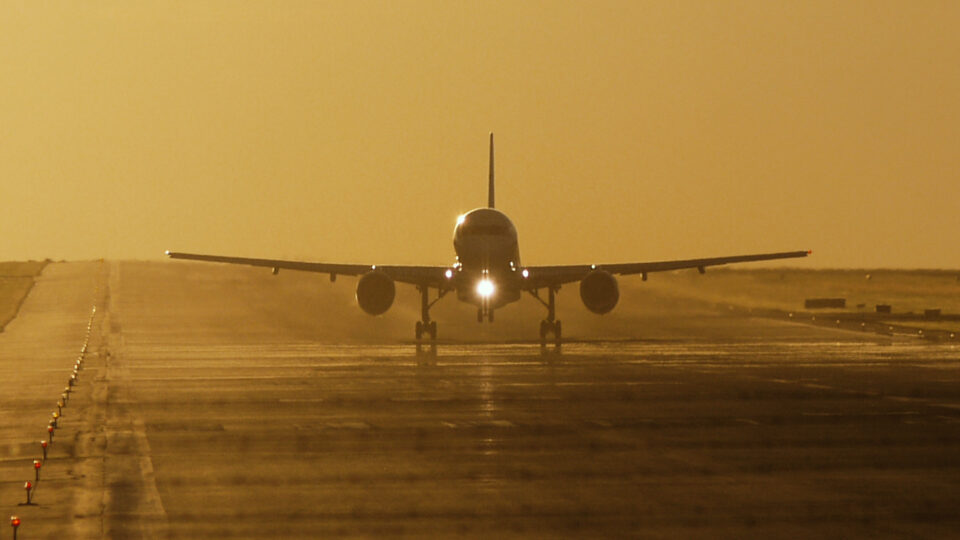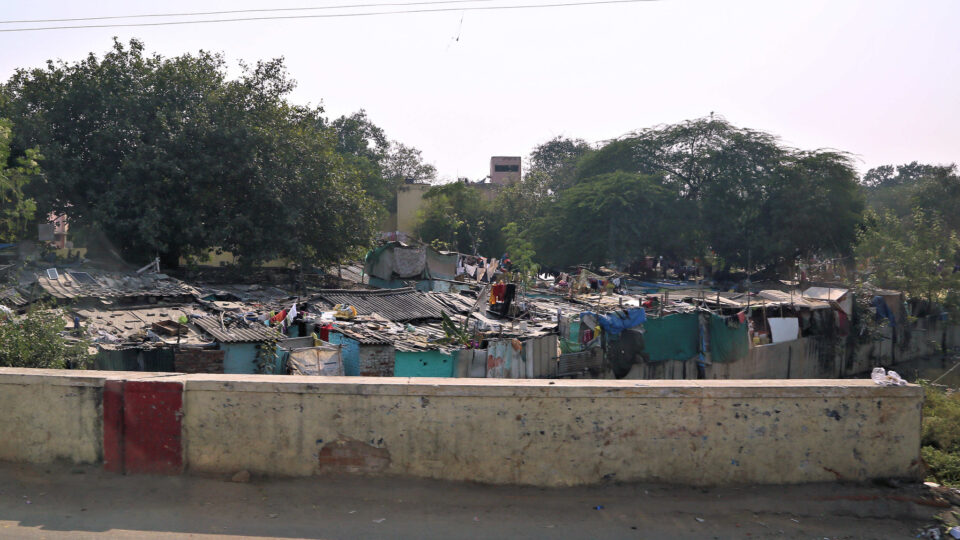Most countries around the world have pledged to cut their carbon emissions to try to reduce the effects of climate change. The extent to which countries are meeting their emission reduction goals has been the primary way of keeping score on their efforts. But there is a major problem with this scorekeeping system: exporting fossil fuels does not count as part of a country’s contributions to emissions.
Exports of fossil fuel are the driving force of fossil fuel expansion around the world and a significant fraction of those exports come from powerful and wealthy nations that are essential to the effort to reduce carbon emissions.
Our own country is a prime example. The U.S. is working to cut back its carbon emissions. The Inflation Reduction Act is driving the reduction of domestic use of oil, gas, and coal and is providing subsidies for the use of heat pumps and the buildout of EV charging networks. However, at the same time, U.S. production of fossil fuels is booming, driving substantial profits for that industry. The result is that much of the expanding supply of fossil fuels is headed overseas.
American liquified natural gas exports are growing rapidly. Estimates are that by 2030, United States LNG exports will be responsible for more greenhouse gas emissions than every house, car, and factory in the European Union. And, according to the UN emissions accounting system, none of those emissions will be attributed to the United States.
The situation is rather disastrous. Countries use this loophole to claim they are doing their part to reduce emissions, but the world is continuing to suffer the consequences.
**********
Web Links
Uncounted Emissions: The Hidden Cost of Fossil Fuel Exports
Photo, posted January 9, 2015, courtesy of Bernard Spragg via Flickr.
Earth Wise is a production of WAMC Northeast Public Radio





